Related Research Articles

Nicholas Monck was a Bishop of Hereford and Provost of Eton College, both royal appointments made by King Charles II following the 1660 Restoration of the Monarchy which was largely effected by his elder brother George Monck, 1st Duke of Albemarle (1608–1670), KG. Nicholas Monck was "a great assistant in the Restoration to his brother".
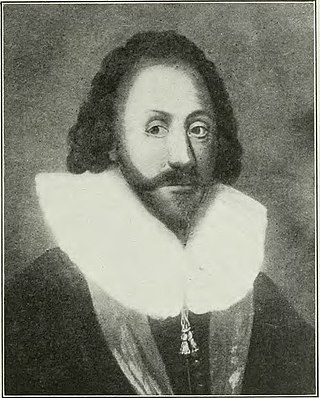
Sir Thomas Wise, KB, of Sydenham in the parish of Marystow and of Mount Wise in the parish of Stoke Damerel in Devon, was Sheriff of Devon in 1612 and in 1621 served as a member of parliament for Bere Alston in Devon.
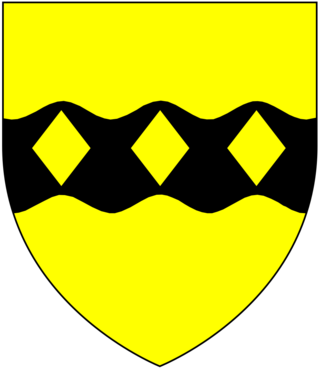
Nicholas Duck, of Heavitree and of nearby Mount Radford in the parish of St Leonards, both next to Exeter in Devonshire, was an English lawyer who served twice as a Member of Parliament for Exeter, in 1624 and 1625. He was one of the Worthies of Devon of the biographer John Prince (1643–1723), whose wife was his great-niece.
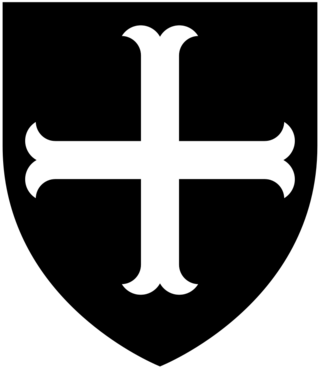
John Upton of Lupton in the parish of Brixham in Devon, was four times elected a Member of Parliament for Dartmouth in Devon at various times between 1625 and 1641.

John Harris of Hayne in the parish of Stowford in Devon and of St. Michael's Mount in Cornwall, was a Member of Parliament.

Sir John Davie, 1st Baronet (1588–1654) of Creedy in the parish of Sandford, near Crediton, Devon, was a member of the Devonshire gentry and served as Member of Parliament for Tiverton in 1621-2 and as Sheriff of Devon (1629–1630). He was created a baronet in 1641.

John Bampfield of Poltimore and North Molton, Devon, England, was a Member of Parliament for Tiverton in Devon (1621) and for the prestigious county seat of Devon (1628-9).

Sir Hugh Pollard, 2nd Baronet was an English soldier and MP elected for Bere Alston in 1640, Callington in 1660, and Devon in 1661. He supported the Royalist cause in the English Civil War.
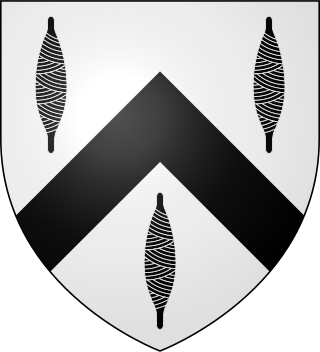
John Trefusis lord of the manor of Trefusis in the parish of Mylor in Cornwall, was an English politician who sat in the House of Commons from 1621 to 1622.

Sir Thomas Monck of Potheridge in the parish of Merton, Devon, was Member of Parliament for Camelford, Cornwall, in 1626. He was the father of George Monck, 1st Duke of Albemarle (1608–70), KG and of Nicholas Monck, Bishop of Hereford.
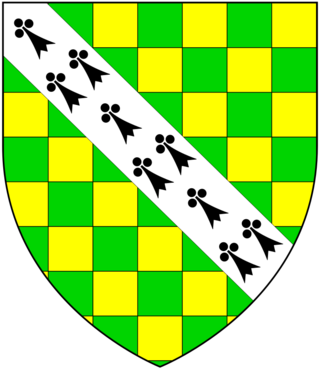
John Sparke of The Friary, in the parish of St Jude, Plymouth, Devon, was an English politician who sat in the House of Commons from 1628 to 1629.

.

Lupton is an historic manor in the parish of Brixham, Devon. The surviving manor house known as Lupton House, is a Palladian Country house built by Charles II Hayne (1747–1821), Sheriff of Devon in 1772 and Colonel of the North Devon Militia. It received a Grade II* listing in 1949. The park and gardens are Grade II* listed in the National Register of Historic Parks and Gardens.
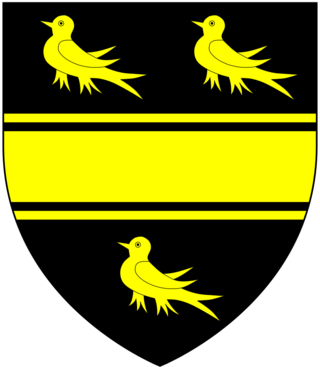
Sir George Smith of Madworthy-juxta-Exeter and Madford House, Exeter, Devon, was a merchant who served as MP for Exeter in 1604, was three times Mayor of Exeter and was Exeter's richest citizen, possessing 25 manors. He was the grandfather of George Monck, 1st Duke of Albemarle (1608-1670) KG and of John Grenville, 1st Earl of Bath (1628–1701).

Creedy is an historic estate in the parish of Sandford, near Crediton in Devon. It is named from its location on the west side of the River Creedy. It was the seat of the Davie family from about 1600 until the late 20th century. The mansion house on the estate has been called at various times New House, Creedy House, and as presently, Creedy Park. It was first built in about 1600, rebuilt in 1846, burnt down in 1915 and rebuilt 1916–21. It is surrounded by a large park, the boundary of which is enclosed by a stone and brick wall several miles long.
Floyer Hayes was an historic manor in the parish of St Thomas on the southern side of the City of Exeter in Devon, England, from which city it is separated by the River Exe. It took its name from the ancient family of Floyer which held it until the early 17th century, when it was sold to the Gould family. In the 19th century the estate was divided up and the manor house demolished. The parish church of St Thomas, situated a short distance to the west of the house, was burned down in 1645 during the Civil War, and was rebuilt before 1657. Thus no monuments survive there of early lords of the manor, namely the Floyer family.
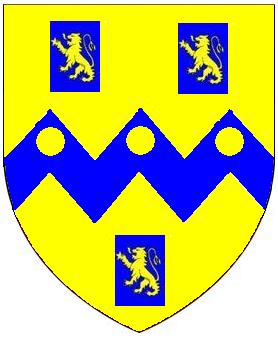
William Rolle was Member of Parliament for Callington in Cornwall in 1604 and 1614.

John Fownes (1661-1731) of Kittery Court in the parish of Kingswear and of Nethway in the parish of Brixham, both in Devon, was a British landowner and politician who sat in the House of Commons from 1714 to 1715.

John Upton (1639-1687) of Lupton in the parish of Brixham in Devon, was a Member of Parliament for Dartmouth in Devon from February 1679 to August 1679.

Arthur Champneys of Raleigh House in the parish of Pilton, Devon, and of Love Lane in the City of London, England, was a wealthy merchant and a Member of Parliament for Barnstaple, in Devon, from 1690 to 1705.
References
- ↑ Yerby & Hunneyball
- ↑ Yerby, George & Hunneyball, Paul, biography of "Upton, John (1590-1641), of Lupton, Brixham, Devon", published in: History of Parliament: House of Commons 1604-1629, ed. Andrew Thrush and John P. Ferris, 2010
- ↑ Vivian, Lt.Col. J.L., (Ed.) The Visitations of the County of Devon: Comprising the Heralds' Visitations of 1531, 1564 & 1620, Exeter, 1895, p.744, pedigree of Upton
- ↑ Vivian, p. 459, pedigree of Haydon; p.744, Upton
- ↑ John Burke A genealogical and heraldic history of the commoners of Great Britain, Volume 4